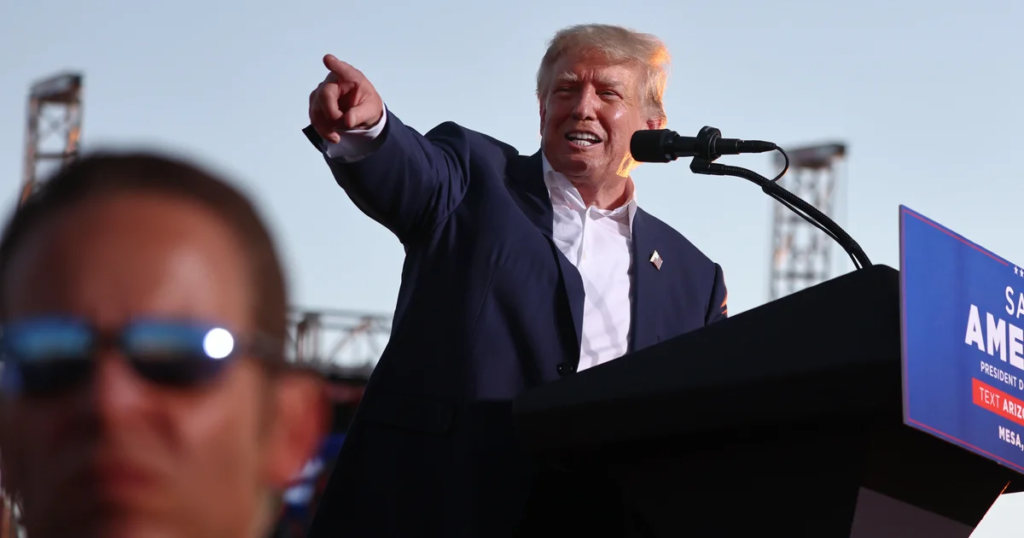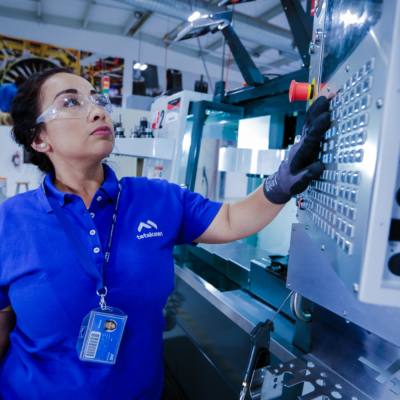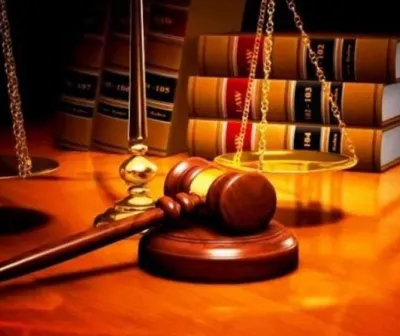Former President Donald Trump recently called on Microsoft to fire a lawyer who had been involved in election-related investigations. This demand quickly became a focal point for media coverage, raising questions about corporate independence, political pressure, and the role of tech companies in legal matters. The media’s reaction has been intense, reflecting broader concerns about the intersection of politics, law, and business.
Media Perspectives: A Spectrum of Reactions
Media outlets responded to Trump’s demand in various ways. Conservative platforms largely focused on framing the lawyer as part of a political establishment perceived as adversarial to Trump. In contrast, liberal and mainstream media highlighted concerns over corporate ethics, the independence of tech firms, and potential implications for the rule of law. The polarized coverage demonstrates how media framing can shape public understanding and influence perceptions of corporate and political behavior.
Corporate Autonomy and Media Analysis
Journalists and commentators across the spectrum emphasized the principle of corporate autonomy. Microsoft, as a private entity, holds the right to make employment decisions independently of political pressure. Media analyses stressed that Trump’s demand challenges these norms, sparking discussions about how companies balance compliance with ethical and legal responsibilities while navigating public scrutiny.

Free Press and Political Accountability
Several media outlets connected Trump’s actions to broader themes of free press and political accountability. Commentators argued that public figures using their platform to influence private employment decisions sets a concerning precedent. By reporting extensively on the story, media organizations framed the event as a case study in the limits of political influence and the importance of transparency in corporate decision-making.
Public Reactions Amplified by Social Media
Social media played a significant role in amplifying media coverage. Tweets, opinion threads, and viral posts helped the story reach audiences far beyond traditional news channels. Many posts reflected outrage over perceived overreach, while others supported Trump’s stance. Media organizations monitored and cited social media reactions to gauge public sentiment, illustrating the complex interplay between journalism and online discourse.
Legal Experts Weigh In
The media also sought insights from legal experts, who provided context on the limits of political pressure and potential implications for employment law. Analysts noted that while executives must navigate political environments, they are bound by corporate governance, ethical obligations, and labor regulations. This expert commentary helped frame the story not just as a political clash, but as a question of legal and professional standards in corporate America.
The Role of Election Investigations in Media Coverage
Media coverage frequently revisited the lawyer’s involvement in election-related investigations. The story intersected with ongoing national debates about election integrity, corporate cooperation, and accountability in the political process. By highlighting the lawyer’s professional history, media outlets provided audiences with a fuller picture of why Trump’s demand generated such significant public and journalistic attention.
Opinion Pieces and Editorial Commentary
Editorials and opinion columns played a central role in shaping narrative around the controversy. Some opinion pieces criticized Trump for undermining corporate independence, while others argued that his demand reflected legitimate scrutiny of political processes. The diversity of opinion underscored how media outlets serve not only as reporters of events but also as platforms for debate, interpretation, and persuasion.
Implications for Tech Industry Standards
Coverage of the controversy often extended to implications for the tech industry. Analysts noted that tech firms like Microsoft are increasingly at the intersection of politics, law, and public policy. The media highlighted the challenges companies face in protecting employees from political retaliation while maintaining neutrality and ethical standards. The story became a broader discussion on corporate governance and responsibility in highly scrutinized industries.
Audience Engagement and Reactions
Media organizations reported high levels of engagement with stories about Trump’s demand. Comments, letters to editors, and online discussion forums reflected deep public interest. Many readers debated the balance between political power and corporate autonomy, while others questioned the media’s role in amplifying controversies. This engagement illustrates the ongoing dialogue between news outlets and their audiences in shaping national conversations.
Historical Context in Media Narratives
Coverage frequently placed the event in historical context. Media comparisons were drawn to previous instances where political figures attempted to influence private organizations. These historical perspectives helped readers understand the broader significance of Trump’s demand and its potential impact on norms of governance, corporate ethics, and political conduct.
Ethical Journalism and Fact-Checking
In the wake of the controversy, media outlets emphasized ethical journalism and fact-checking. Reporting focused on verifying statements, contextualizing quotes, and separating opinion from verified information. This approach reinforced the importance of credibility in media coverage, particularly when reporting on politically charged stories that could influence public perception and corporate decision-making.
Potential Repercussions for Media Coverage of Corporate Decisions
The intense reporting on Trump’s demand may set a precedent for how media covers corporate employment decisions in politically sensitive situations. Analysts suggested that media scrutiny could influence corporate strategies, as companies anticipate public attention when political figures weigh in. The coverage highlights the dynamic feedback loop between media reporting, corporate policy, and public discourse.

Balancing Transparency and Corporate Privacy
Media discussions also emphasized the tension between transparency and corporate privacy. While public interest in politically charged stories is high, journalists must balance reporting with respect for employee confidentiality and corporate governance norms. Media outlets examined how much influence reporting itself can exert on corporate decisions, illustrating the complex ethical landscape in contemporary journalism.
Broader Political Implications
The controversy extended beyond Microsoft, touching on national debates over political influence, accountability, and the role of corporations in democratic societies. Media narratives explored how public pressure, social media amplification, and journalistic scrutiny interact to create accountability, while also raising concerns about the potential overreach of political figures into private sector decisions.
International Observations
International media also took note of the story, often framing it as a reflection of U.S. political dynamics and corporate governance norms. Observers abroad highlighted the challenges American tech firms face when navigating political pressures, offering global audiences insights into the interplay between politics, media, and business in the U.S.
Conclusion: Media as a Mirror of Public Debate
Media reactions to Trump’s demand that Microsoft fire a lawyer tied to election investigations demonstrate the vital role of journalism in reflecting and shaping public debate. Coverage spanned political commentary, legal analysis, corporate ethics, and audience engagement, offering multiple perspectives on a complex issue. The story underscores how media functions as both informer and interpreter, helping society navigate questions about power, accountability, and the boundaries of political influence in private enterprise.
Do Follow USA Glory On Instagram
Read Next – Team Europe Ryder Cup 2025 Victory: A Triumph of Sports Diplomacy and Fan Culture






